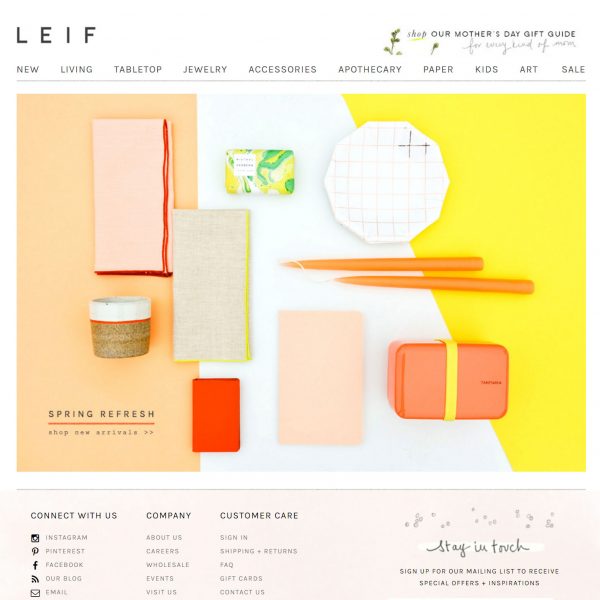
Checkout types have been one of the most heavily scrutinised elements in modern day ecommerce software. Each product development team behind the software will swear by different checkout methods stating that their method will convert the highest. So, the question remains: what checkout type will suit my store? Whether that be one-page, two-step, multi-step or accordion based checkouts each have pros and cons against each other.
One page versus multi-page checkout types
One-page checkouts have taken over as the checkout method of choice for a lot of e-commerce stores in recent times. With the advent of better support and performance of JavaScript in modern web browsers, why bother making the customer click a button or reload the page to proceed to the next step?
Many studies have been released swaying towards the one-page checkout converting better than multi-page variants, however, this is not necessarily true. Studies can be skewed towards one winner by comparing an optimised one-page checkout to an underperforming multi-page process. So, take these claims between one page being better than multiple page variants with a grain of salt. Most users abandon the checkout process due to bad usability rather than if the checkout is on one or multiple pages. Both one page and multi-page checkout variations can be very powerful if done correctly.
One-page and multi-page checkout variations can be very powerful if done correctly.
Accordion or tabbed-based layouts
Along with the push towards one page based checkouts, UX designers and developers have had to tackle the added complexity of how to fit so many form elements required to check out on the page without confusing the customer. Accordion and tabbed based solutions have been a popular remedy to this conundrum however this can be the source of many usability issues rather than a solution to the original problem.
Hiding information on the page to reduce clutter and allow the customer to focus on the task at hand is a common practice especially when optimising for mobile and tablet devices. However, hiding vital information without providing some sort of summary of what was previously inputted can have adverse effects within a checkout procedure. This is a common trap to look for when using an accordion or tabbed based elements on the page so be sure to keep in mind that vital information isn’t being hidden from the customer while performing the checkout procedure.
One type of checkout to rule them all?
The type of checkout that you select for your store should fit your businesses use case. Certain experts will try and convince you a certain method is the holy-grail of conversion. Think of your business process: “What is my average order size?” “How many payment methods do I offer?” “Do customers want items posted from the same order to multiple addresses?”
Trying to make one checkout type fit into every business use case is never the answer.
Look at your industry and business requirements for selling your product and that will help shed some light on what type of checkout will suit your online store.
Source: Baymard Institute



